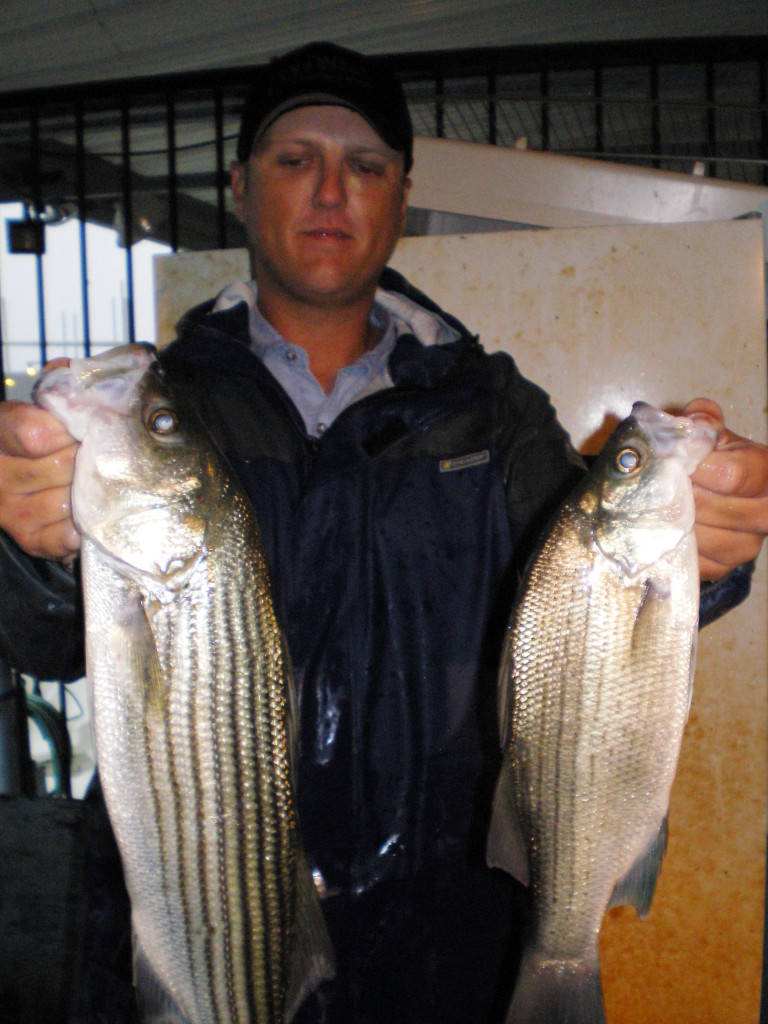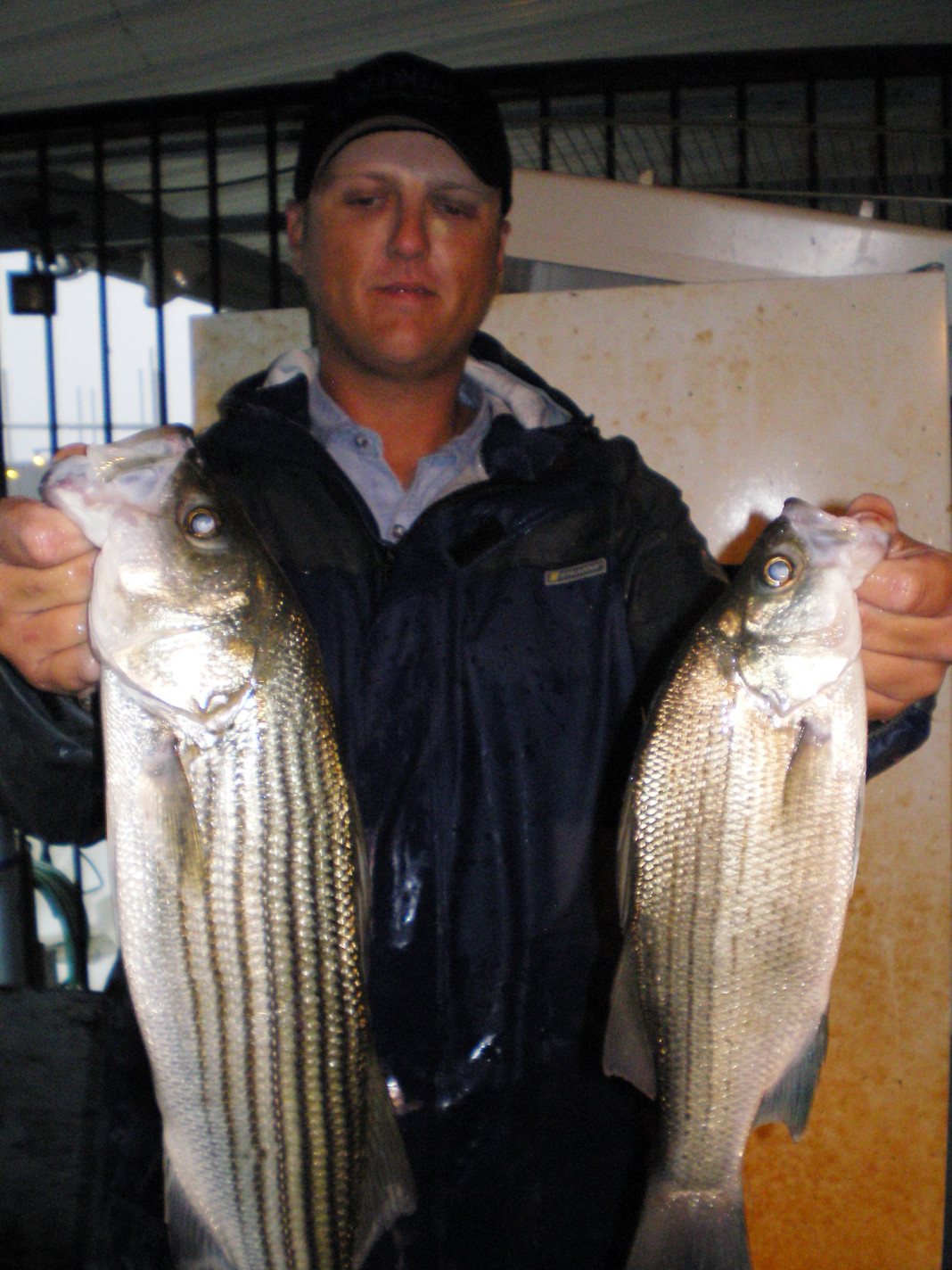Now that deer season’s over, it’s time to keep your outdoor pursuits lively, and for anglers of all ages that means wielding a cast net, doubling over a seine or simply carving through fresh earth with bare digits in hopes of finding wiggling treasures.
It seems many folks often overlook the lost art of catching their own bait, but with a little effort, you often can find natural lures almost anywhere you look, and sometimes rounding them up is as fun as latching onto a 5-pound bass, especially when youngsters are involved.
My shiny bug barn as a kid, which was just a light wire box and a handle, always housed a bright assortment of clicking grasshoppers or a dark mass of chirping crickets behind the foam endpiece in an afternoon outing around the backyard. And even though some of the critters ended up at the end of a fishing line, most of these trophies were of the catch-and-release variety.
Years ago, my father would take my sister and I fishing in his tub of an aluminum flat-bottom, and the highlight — besides catching crappie, catfish and the occasional bass — was studying minnows we toted along for bait. We didn’t lasso the quarry ourselves, but my doting Dad would divvy some “minners” into a coffee can filled halfway with water and we kids would study the little swimmers for what seemed like hours.
At least until the rods bowed and it was Zebco cranking time.
The biggest advantage to live bait is that it simply outfishes any other offering, and most of the time it’s easier to work with than artificials. The best way to fish night-crawlers, shiners and almost every other type of wiggler is to pitch them out suspended under a bobber or split-shot, and let them do their thing. You don’t have to wear out yourself or your kids chunking lures all day, which certainly seems like more work when it’s a slow outing on the water, and this type of angling is tailor-made to banks, boat docks or piers. The biggest thing to remember and abide by is that if you don’t keep a youngster engaged early on in the pursuit, you’re just setting them up to move on to something else.

Most times, a night-crawler or hopper is all you need to catch an amazing variety of fish, but as with anything else in fishing, you often can up the ante with different approaches. Veteran East Texas anglers long have relied on the waterdog or mudpuppy, which is the larval form of an aquatic salamander to haul in lunker largemouth bass, and crawfish, which love rocky structure, are the No. 1 live bait for smallmouths no matter where you are.
Unless you’re fishing three times a week, chances are you won’t run up a huge bill on live bait, but if you can catch your own, that’s one less time to produce the billfold, which certainly is welcome by every angler I know. On the Texas coast, especially when shrimp or croakers aren’t in season, anglers often fork over up to twice what they might pay during optimum bait-catching times. For this reason, the cast net is among the most prized of accessories to keep in the boat, and the device that is great for snaring mullet or pinfish equally is adept at corralling freshwater bait fish such as shad.
Fly fishing enthusiasts since the beginning of time have relied on live bait — even if they still use handmade imitations — and “matching the hatch” is as good as it gets whether you’ve picked the right pattern to entice a 6-inch brookie or 26-inch rainbow. Some of my most memorable fly-fishing moments involve flipping a hopper pattern into riffles near banks in Colorado and New Mexico and snaring brown trout that thought they were sucking down a hearty meal. Those 14- to 16-inch fish weren’t monsters but by now maybe they’re full grown.
I’d like to think my hopper success with the lifeless versions was good karma for setting the real ones free to flutter on all those years ago.



















